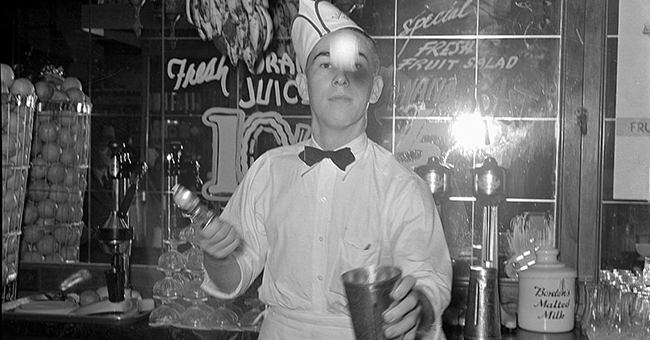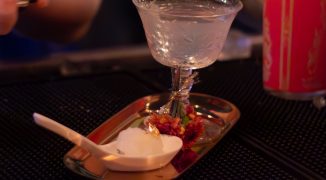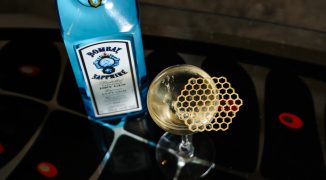Old school sodas like acid phosphates, lactarts, egg creams and fizzes were once a fundamental part of the American social scene. Soda fountains arose from the late 1700s movement of drinking effervescent mineral waters to improve one’s health, libido and overall well-being. They can also be credited, in part, for keeping a drinking culture alive through Prohibition. And now, like so many elements of cocktail history, they’re seeing a resurgence with the revival of ingredients, techniques, themes and shops throughout the country.
Machines that saturate water with carbon dioxide were developed at the turn of the 18th century to create bubbly, restorative, health-improving water, like those found in natural springs. Vendors sprung up to distribute these “soda waters,” which saw a rapid rise in popularity in the first quarter of the 19th century as the equipment improved, often times popping up in existing pharmacies or retail stores where other medicinal elixirs were also sold. Eventually soda water was combined with some of these “healthy” tonics and syrups in an effort to further fortify the body, like the ever popular Coca-Cola syrup, whose kola nuts, coca leaves and other secret ingredients were mixed with soda water and thought to be a cure-all.
As the industry developed, soda “jerks,” who pulled the handles dispensing carbonated water to which syrups were then added, used their imaginations and taste buds to produce something that was not only supposed to be good for you, but also tasted great. Ingredients like acid phosphate and lactic acid, which were initially incorporated for their reputed health benefits, added tangy, tart properties and balanced out the sweetness of juices, tonics and syrups. The advent of refrigeration and ice-making equipment allowed the use of milk in these beverages, first in the form of egg creams (soda water, milk and flavored syrups) and later in the form of ice cream, without which we would never have experienced the bliss that is a chocolate milkshake.
Whether chocolate, cherry or one of myriad other flavors, acid phosphate was king of the soda fountain until the late 1950s, when it almost altogether died out. But like the craft of bartending itself, this ingredient, which can also be called a style, is experiencing a resurgence. Readily available again thanks to the website Art of Drink, acid phosphate can add acidity and sourness to cocktails that is different from citrus.
Soda fountain popularity peaked during Prohibition, when some of the bartenders who remained stateside took to the handles with their talents, helping the soda fountain to become the epicenter of community socializing in the absence of bars. This popularity began to wane after the repeal of Prohibition and fell off almost entirely in the 1950s when bottled soda began to conquer the globe. Fortunately, some original establishments like Lyon’s Soda Fountain celebrating its 95th year in Colorado, remain in business to practice this dying art and serve up homemade root beer, phosphates, floats and shakes, all using original equipment. But it’s not just OG soda fountains keeping these traditions alive, Brooklyn Farmacy and Soda Fountain, housed in a 1920’s apothecary, opened in 2010 and is the poster-child for this modern soda fountain renaissance. Many cocktail bars are also taking a look back in time and plucking ingredients and techniques from the fountain days for use in their creations. Evelyn Drinkery in New York City has an entire section of their drink menu devoted to spirited phosphates and egg creams, as does Polite Provisions in San Diego, who branded themselves “manufacturers of local tonics, elixirs and cures.”
Distilled spirits owe their popularity in part to the perceived health benefits of various roots, herbs, flowers and plants involved in their making. Soda water, too, popularized in this manner along with tonics, syrups and elixirs. With paths that have been closely aligned for centuries, it seems only fitting that the spirit of the soda fountain is kept alive—whether in the tap handles at old-school counters like Lyon’s or in the techniques of creative, innovative bars around the country.




